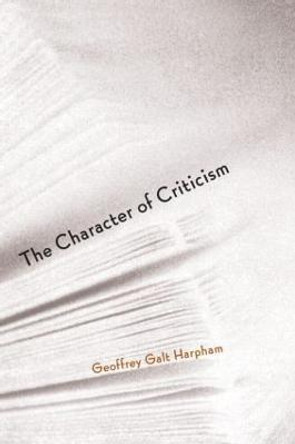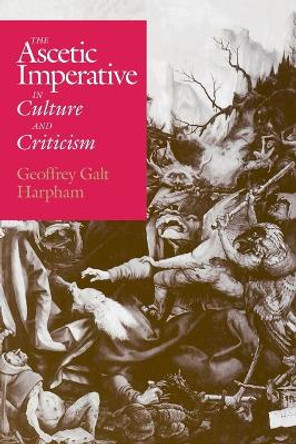Description
Why are some critical texts more compelling, memorable, or engaging than others? Can criticism be judged as a discourse of description, explanation, and analysis alone, or do our evaluations reflect other kinds of investments in it? In this book, Geoffrey Galt Harpham argues that the most powerful and effective criticism demands to be read as an expression of a distinctive sensibility, a way of being in the world; it demands, in other words, to be read as a discourse of character.
Through a series of detailed and intimate intellectual portraits of leading critics--Elaine Scarry, Martha Nussbaum, Slavoj Zizek, and Edward Said--Harpham unfolds the complex and indirect ways in which human character is expressed in criticism. A final chapter on Criticism in a State of Terror assesses the contemporary situation. The Character of Criticism represents not just a snapshot of contemporary criticism but a fresh approach to criticism itself that clarifies the stakes involved for writers and readers of criticism alike. It does so not by making difficult thinking easy but by making it stranger--more idiosyncratic, exotic, and singular.
About the Author
Geoffrey Galt Harpham is President and Director of the National Humanities Center in North Carolina. His many books include On the Grotesque, The Ascetic Imperative inCulture and Criticism, Getting It Right: Language,Literature, and Ethics,One of Us: The Mastery of JosephConrad, Shadows of Ethics: Criticism and the JustSociety, and, most recently, Language Alone: The CriticalFetish of Modernity, also published by Routledge.
Book Information
ISBN 9780415971324
Author Geoffrey Galt Harpham
Format Hardback
Page Count 204
Imprint Routledge
Publisher Taylor & Francis Ltd
Weight(grams) 540g






![Shadows of Ethics: Criticism and the Just Society by Geoffrey Galt Harpham 9780822323006 [USED COPY] Shadows of Ethics: Criticism and the Just Society by Geoffrey Galt Harpham 9780822323006 [USED COPY]](https://cdn11.bigcommerce.com/s-zkx5lhzlf8/images/stencil/444x444/products/5031531/5030747/9780822323006__70112.1722858703.jpg?c=1)
